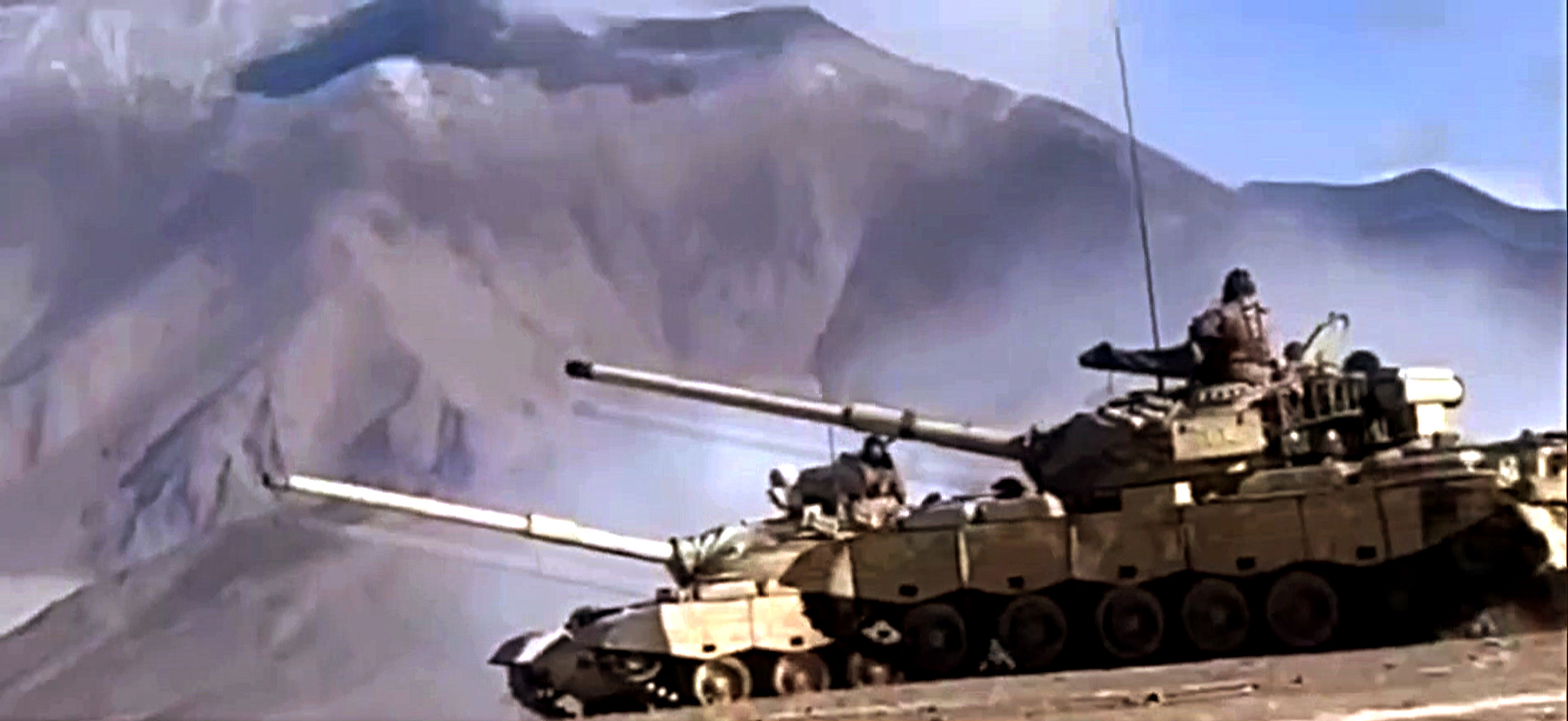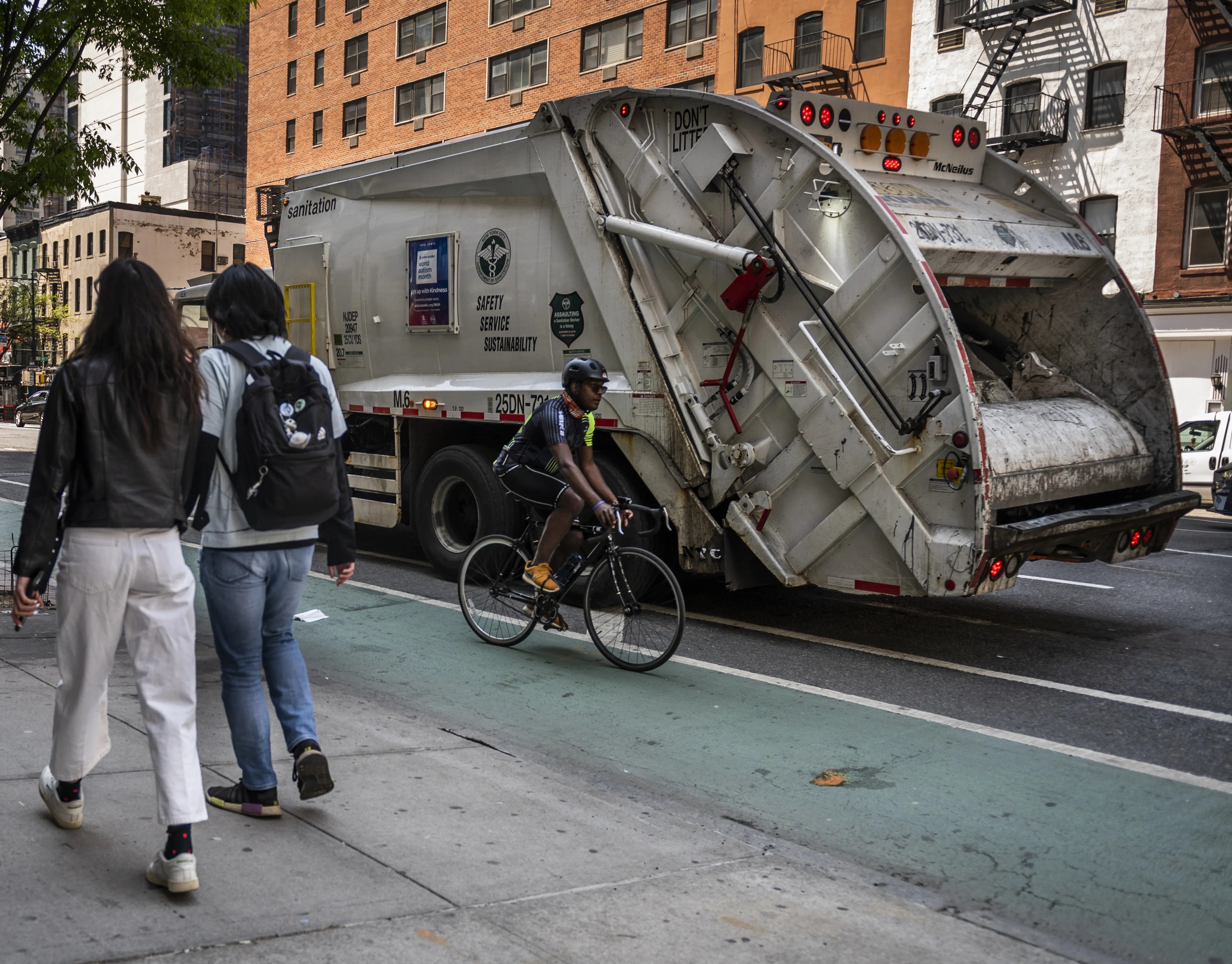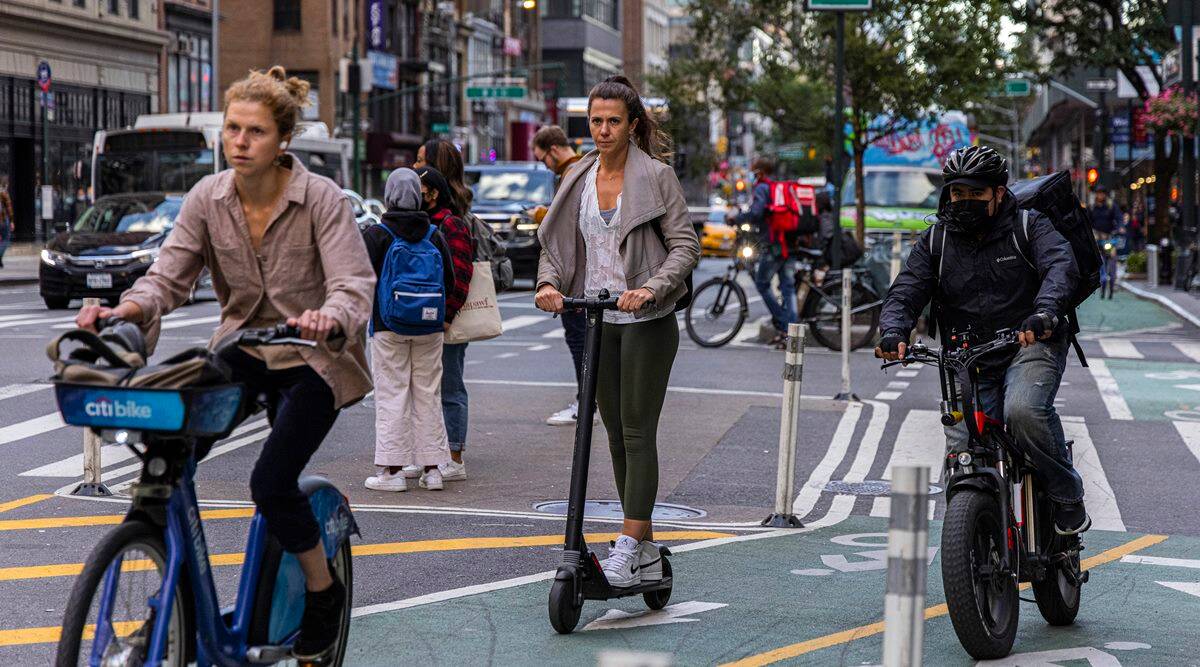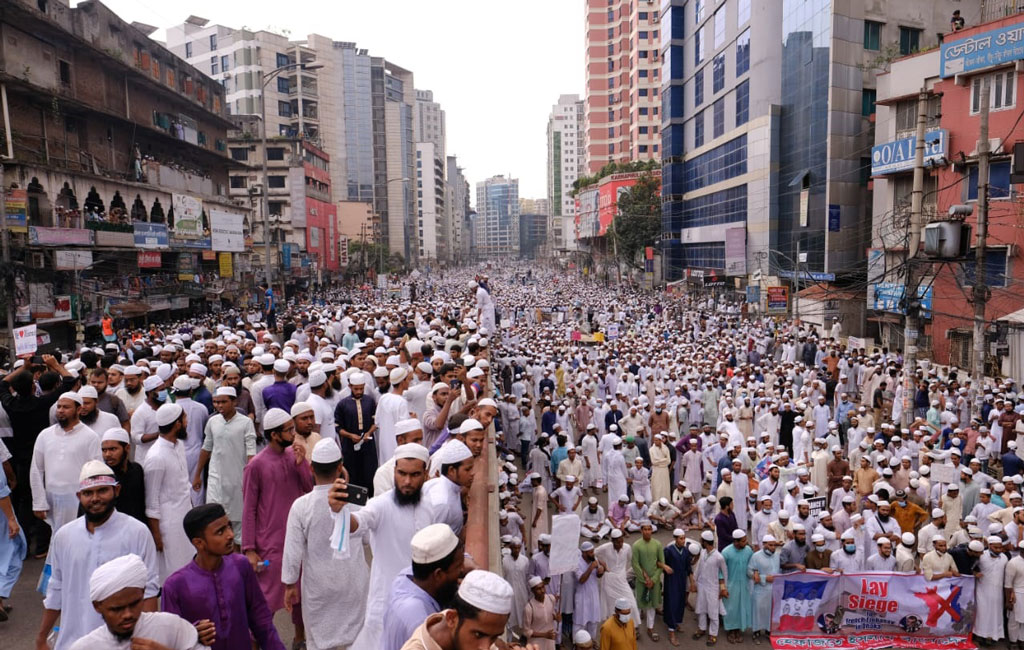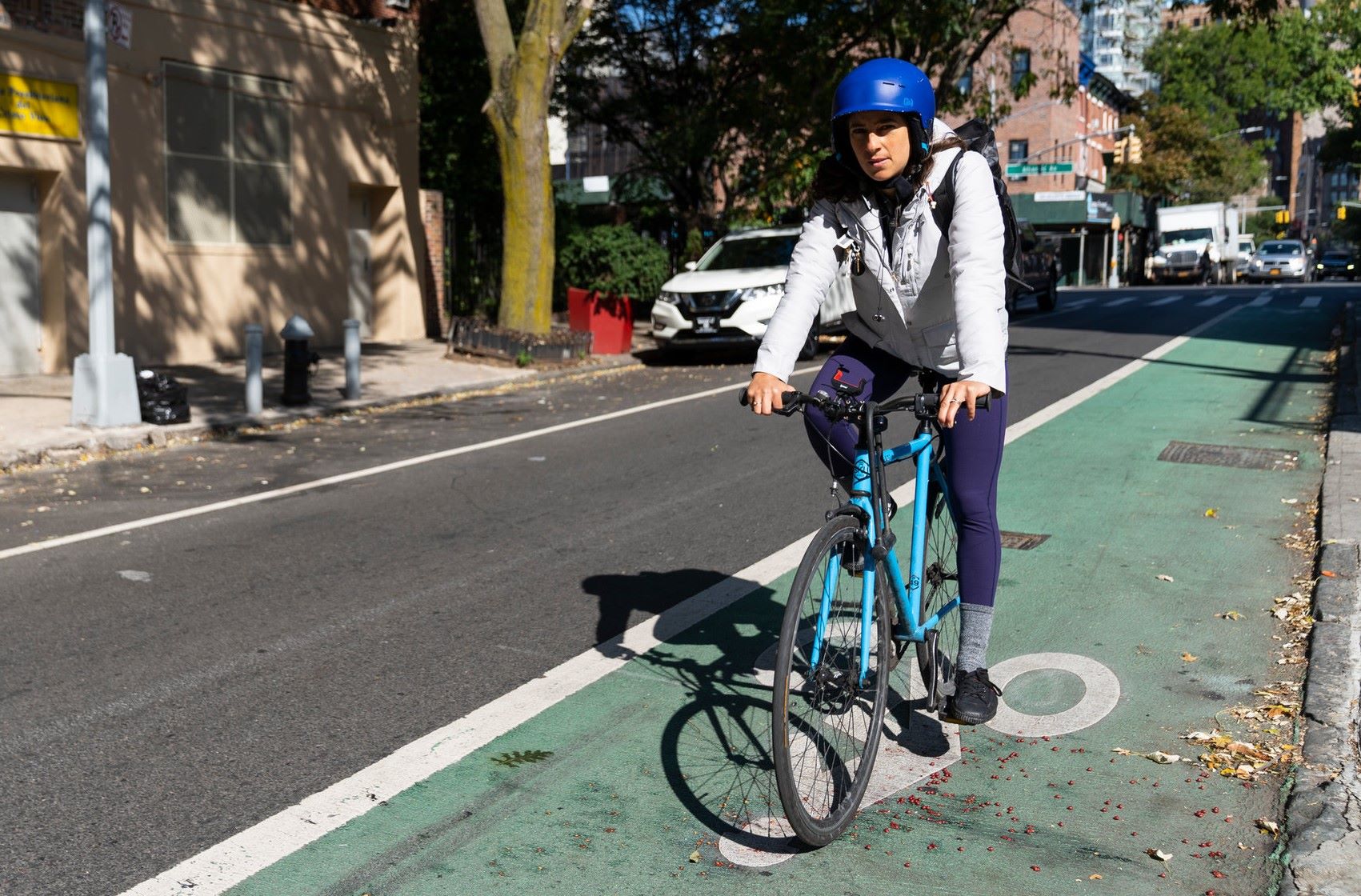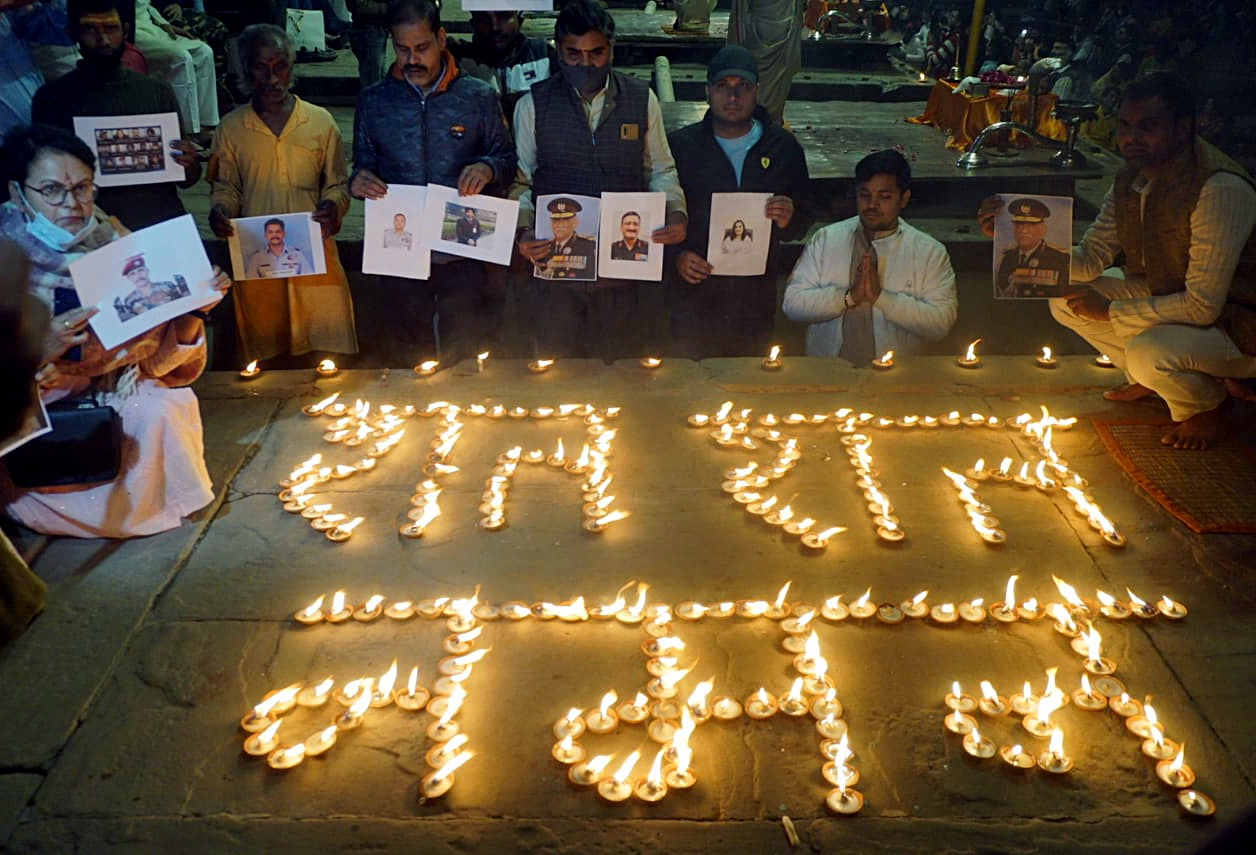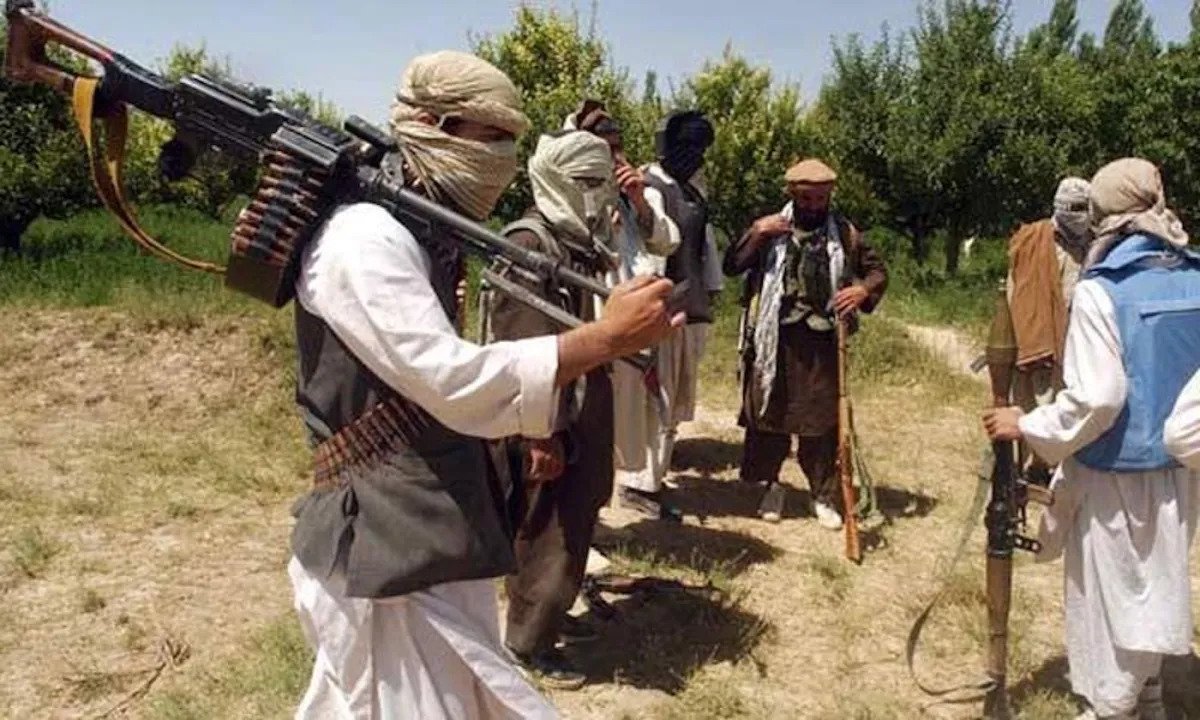Inadequate winter logistics can lead troops to focus more on surviving the harsh climate rather than defending the border. Similarly, the PLA wants to reduce the troops’ focus on surviving the high-altitude conditions and rather expend their energies on dominating the areas to defend the border against any potential aggression
M.S. Prathibha
China had signaled that it was upping its preparations for winter for its border troops at the India–China border. The winter preparations were part of its efforts to signal deterrence to its adversaries by conveying its combat preparedness to prevent the possibility of skirmishes. It is also to create doubts in the adversary’s mind about the effectiveness of his forces to carry out their objectives. In this case, China’s immediate priority was to counter Indian winter preparations at the border, to prevent, in their perception, possibility of increased Indian confidence in its combat preparedness due to the upgraded logistics.
The logistics required for winter stationing at high-altitude areas requires China to focus on keeping the troops warm and safe from the treacherous climate and ensuring food supply, fuel, and oxygen. According to the news reports, the People’s Liberation Army (PLA) is purported to have a variety of energy sources such as coal, electricity, and solar at the barracks, whereas the outposts are connected to the state grid.
In addition to this, modernized food supply system and winter clothing such as rechargeable vests, knee protectors, and camouflage coats are believed to have been made available to the troops.
Much advertised were the oxygen supply devices such as portable oxygen cylinders, generators and solid oxygen plants. Such supplies is possibly an indication of the issues the troops might have faced in 2020, when the Chinese troops had to be stationed in a stand-off against the Indian troops for the first time during the winter months at the India–China border areas.
The winter preparations began amid tense situation between the two countries after the 13th border talks in October 2021, conducted to resolve the stand-off at the India–China border areas, broke down. The winter preparations have to be seen in this context as both India and China felt that certain preparations were necessary to deny any military advantage to the other side, which could be used as a leverage in the negotiations.
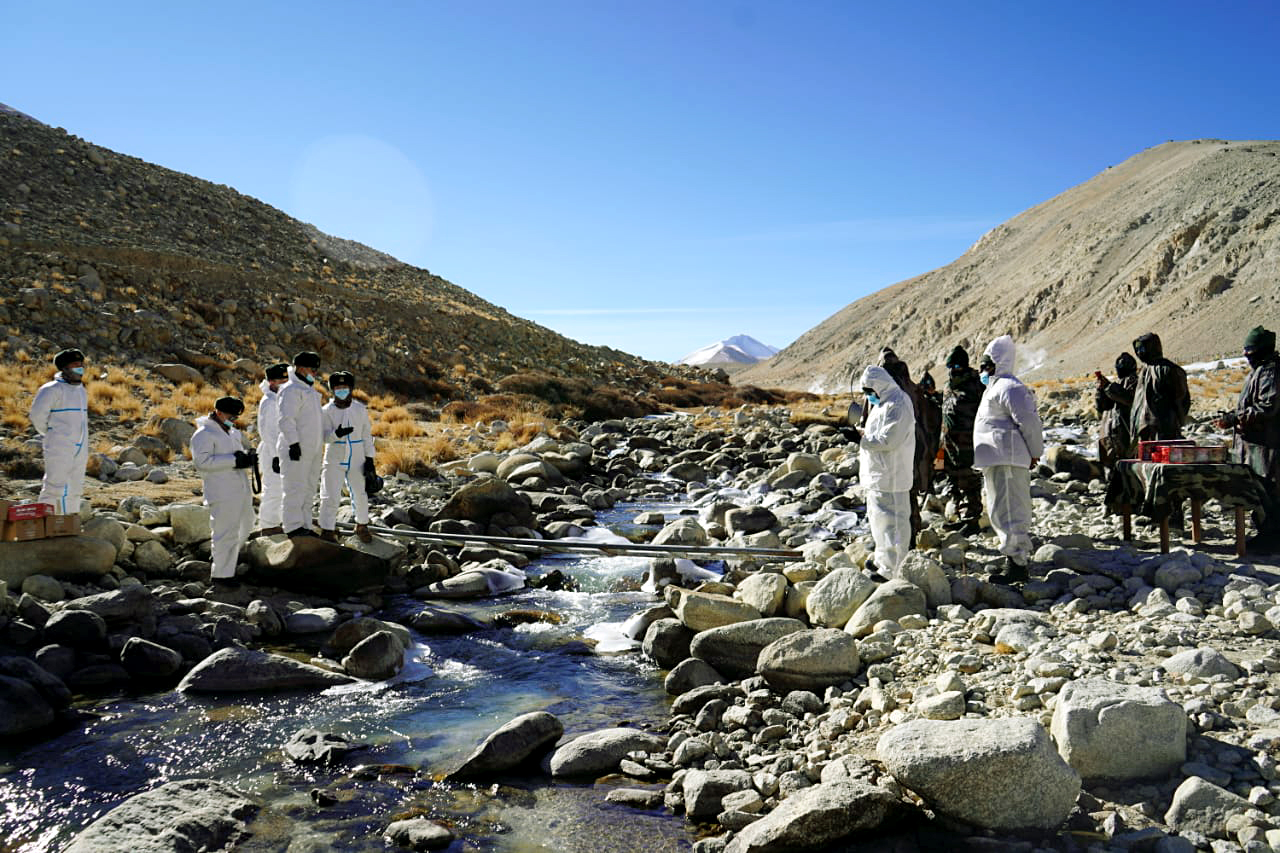
For instance, India could be responding pre-emptively to the deadlock in negotiations, on the side of caution, to prepare for the second winter stationing with heightened preparedness, and China is responding to it, or expecting a change in status-quo similar to India’s tactical actions (September 2020) to gain access to high peaks. The Global Times report explicitly stated that China was undertaking the winter preparations against any “possible Indian military aggression” seeking to signal deterrence and establish Chinese preparedness and reduce the advantages for any possible pre-emptive military action.
The Chinese PLA perceived that they had to respond to the Indian winter storage preparations, which they thought to be “high-profile” and could considerably improve the Indian troops’ ability to sustain in the harsh climate compared to the year 2020.
In particular, India’s airborne insertion exercises conducted in November 2021 at the Eastern Ladakh was seen as a provocation because it drew deployments from different regions of India, and also, they were conducted just before the arrival of winter. In the Chinese perspective, the exercise showed India’s “persistence to extend confrontation”, and “unwillingness to retreat”. However, while undertaking deterrence measures, the Chinese make a distinction regarding the motivation behind the Indian actions, arguing that it has to do with Indian efforts to convey to its domestic audience about its commitment to sovereignty issues (thus rhetorical) than actual security threats emanating from the Chinese side.
While India had stocked its winter planning supplies in an effort to be better prepared, China’s varied winter planning logistics show a broader strategy to gain mastery over high-altitude conditions and increase combat preparedness against India. The expansion of physical infrastructure that can extend its air defense and offensive air strike capability shows increasing willingness to confront the Indian offensive capability across the border.
Though much of it reflects the PLA’s general approach to stocking and improving its logistics for troops at high-altitude areas, such as North Xinjiang area, the media attention to the Indian side reflects to some extent China’s apprehensions about the Indian border in addition to using it for deterrence signaling. At least, the PLA had assessed that the existing logistics were insufficient to cater to stocking of supplies, mostly learning from their 2020 winter stationing that inadequate winter logistics would hamper the troops to perform their regular activities and would deplete the morale of the border defense troops.
Inadequate winter logistics can lead troops to focus more on surviving the harsh climate rather than defending the border. Similarly, the PLA wants to reduce the troops’ focus on surviving the high-altitude conditions and rather expend their energies on dominating the areas to defend the border against any potential aggression.
Therefore, troops merely acclimatizing to high-altitude conditions is insufficient, and the PLA augmenting winter logistics is a step towards improved training and patrolling at high-altitude areas, including observing the movements of the adversary. Hence, the PLA’s focus has shifted towards training its border troops in high-altitude regions and station them at high posts, with an emphasis on getting the troops integrated to plateau conditions.
At the Indian border, the winter upgrade and the consequent signaling points to the PLA’s strategy on logistics preparation as a way to maintain advantage and reduce any insufficiencies that could affect its combat readiness. By stressing that logistics is the best way to overcome the winter maladies, the PLA is attempting to draw distinction between its preparations and India’s. As a result, the PLA is making its troops spend much longer time at high-altitude camps now with improved logistics, which they used to avoid earlier. The troops previously only focused on acclimatizing to high-altitude conditions, without conditioning their training with the intention of performing combat readiness in those areas.
Therefore, the airborne exercises and improved winter storage by the Indian army is taken with a more cautious attitude, while the PLA had been ramping up physical infrastructure before the onset of winter. The Chinese PLA believe that they have an advantage in logistics and transportation compared to their Indian counterparts. As a result, they argue that the Indian preparations are ineffective, while the deterrence signaling in contrast acknowledges that the Indian troops in their perception are better prepared than last year.
Overall, the purpose of the deterrence signaling in the Chinese view, is to highlight that their resource mobilization capability exceeds that of India, leading it to maintain advantage at the India–China border. Similarly, the PLA’s exercises and the deterrence signaling are catered towards magnifying the loopholes in India’s logistics and transportation capabilities at the border areas. As of now, the PLA’s strategy is to exploit the gaps in India’s offensive capability at the border and strengthen its logistics and military infrastructure.
Dr. M.S. Prathibha is Associate Fellow at the Manohar Parrikar Institute for Defense Studies and Analyses (IDSA), New Delhi
Views expressed are of the author and do not necessarily reflect the views of the Manohar Parrikar IDSA or of the Government of India.
This is the abridged version of the article which appeared first in the Comment section of the website (www.idsa.in) of Manohar Parrikar Institute for Defense Studies and Analyses, New Delhi on February 14, 2022
















